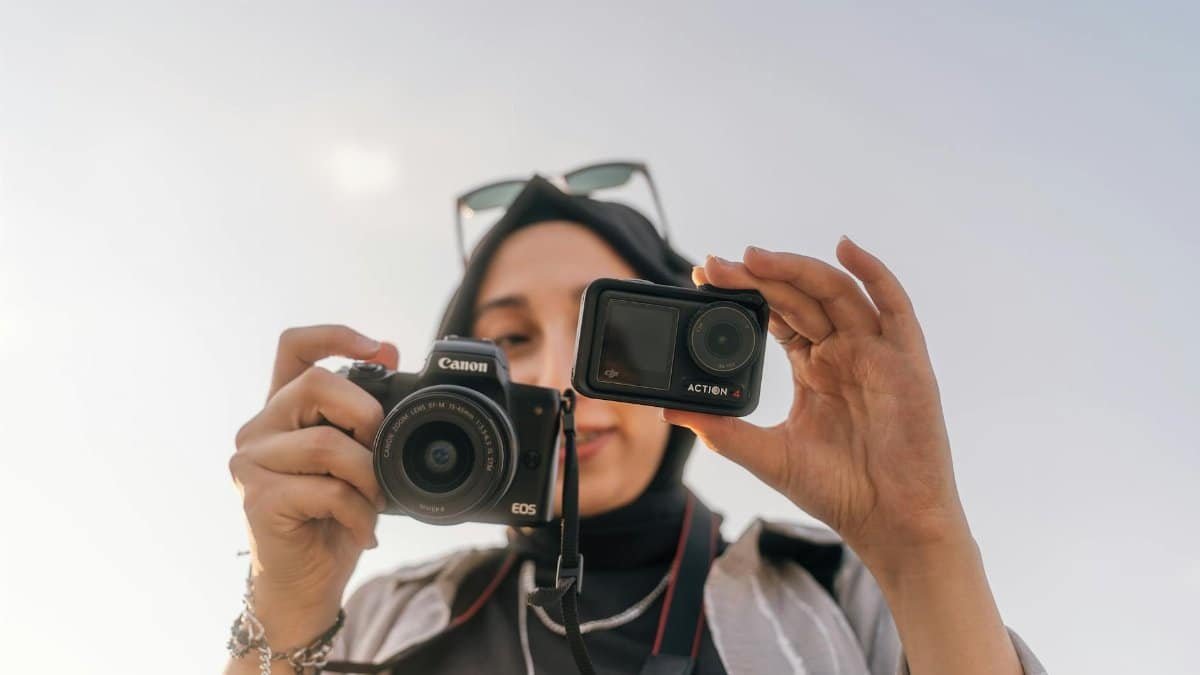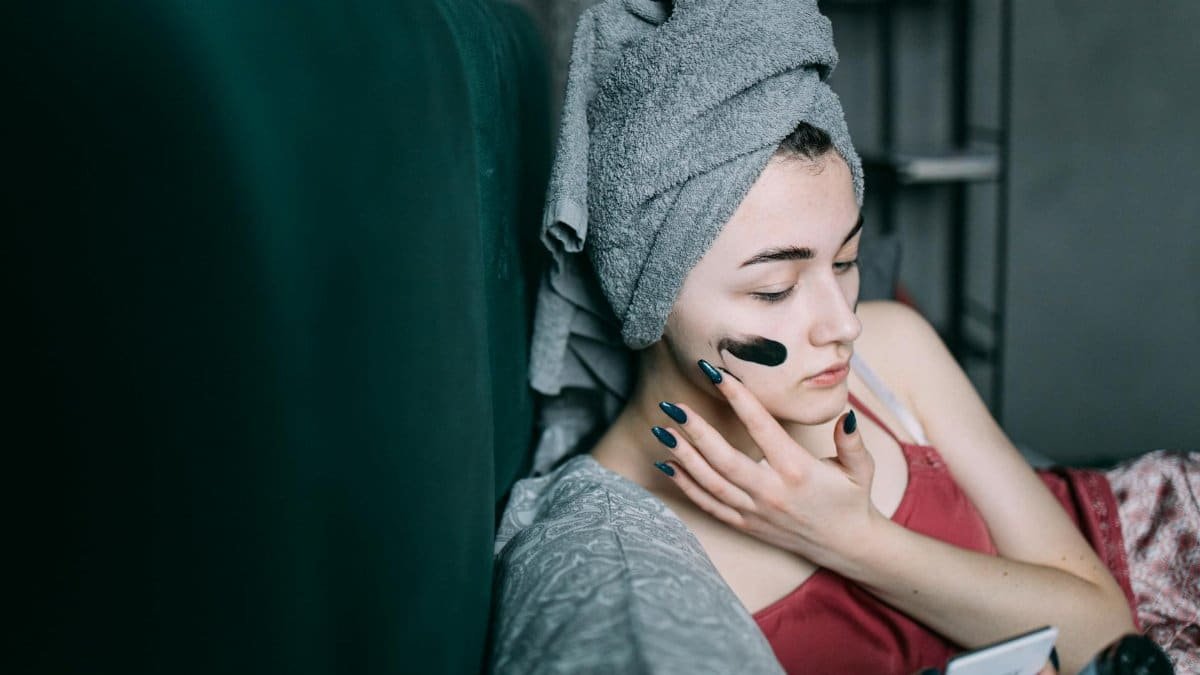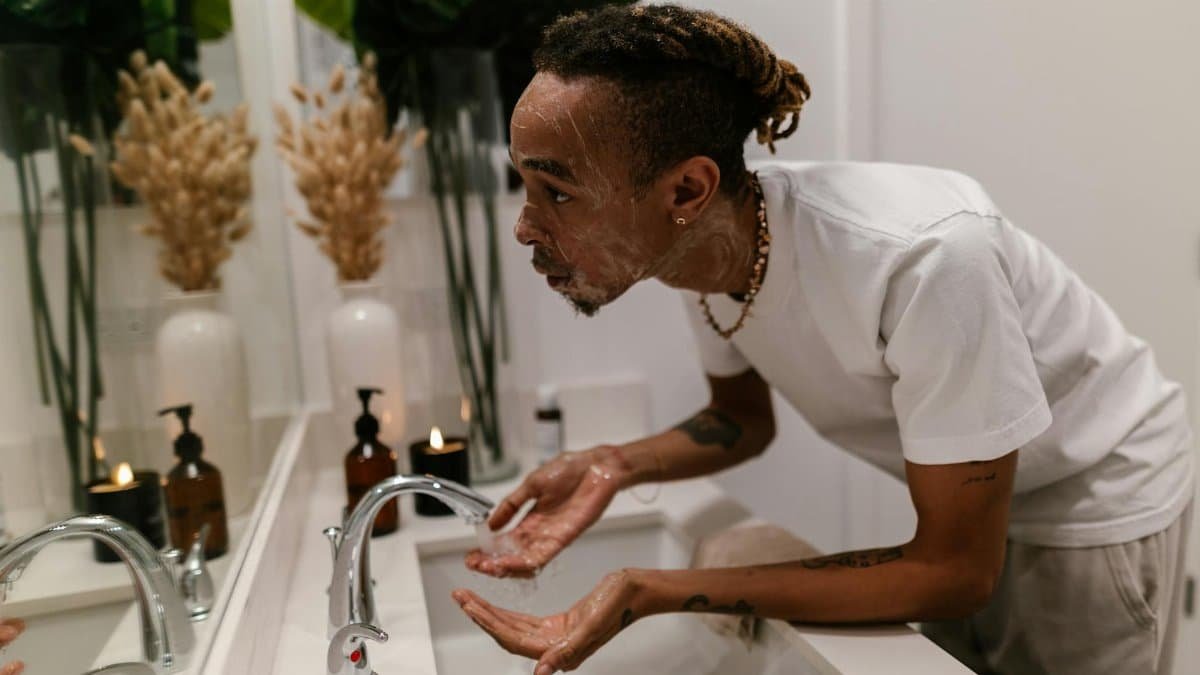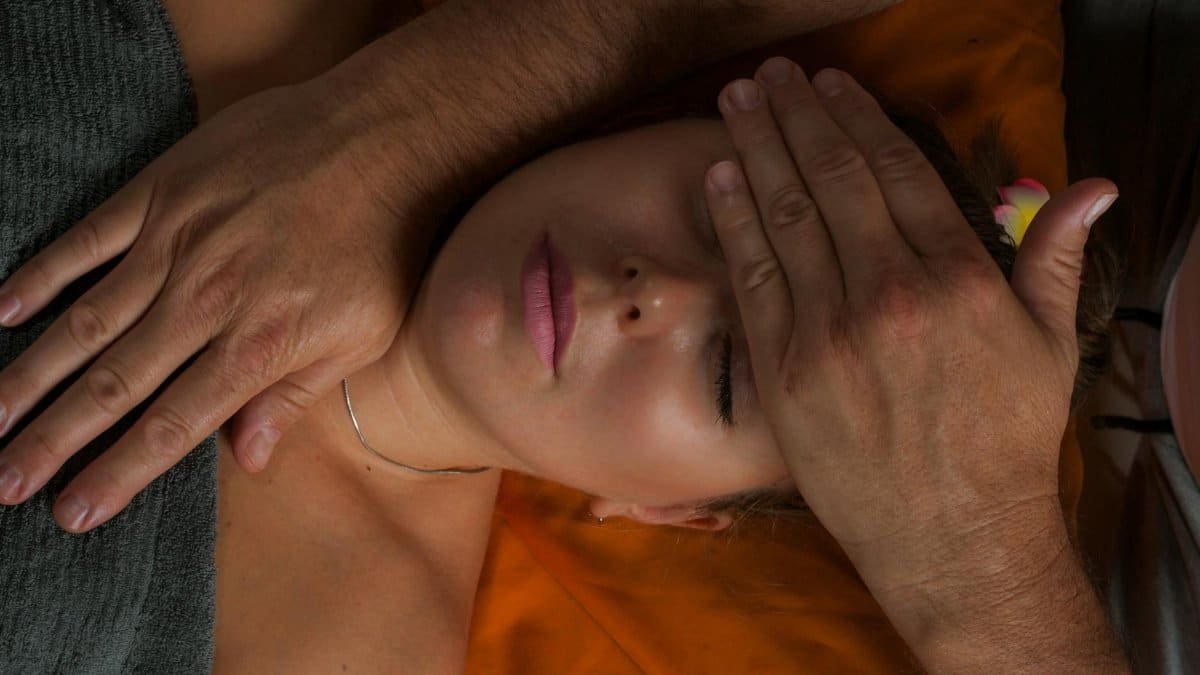In bustling cities like New York or Los Angeles, wellness studios are popping up everywhere, offering everything from yoga to sound baths. Amid this surge, a quieter practice is gaining traction: Reiki, an energy healing technique rooted in Japanese traditions. More Americans are turning to it for stress management, especially as anxiety levels climb in our post-pandemic world. A 2023 survey by the American Psychological Association found that 37% of adults reported anxiety symptoms, up from previous years. This cultural shift highlights how reiki tips are becoming go-to tools for everyday relief, blending ancient wisdom with modern self-care. Whether you’re new to it or seeking refinement, these strategies can help channel calm amid chaos.
1. Ground Yourself with Breath Awareness

Start simple. Reiki begins with presence, and one effective tip draws on mindful breathing to anchor your energy. Imagine a client in a quiet Chicago therapy room, her shoulders tense from a demanding job. The practitioner guides her to inhale deeply, visualizing light flowing in, then exhale worries like smoke dispersing. This isn’t just relaxation; it’s a foundational reiki tip that aligns your life force, or “ki,” to combat anxiety’s grip.
Research supports this intersection of breath and energy work. A study published in the Journal of Alternative and Complementary Medicine explored how mindful breathing reduces cortisol levels, the stress hormone often elevated in anxious states. Participants who combined breath awareness with gentle touch—similar to Reiki hand positions—reported a 25% drop in anxiety scores after just four sessions.Journal of Alternative and Complementary Medicine Study details these findings, emphasizing accessibility for beginners.
Yet, it’s not always straightforward. Some people struggle with racing thoughts during these moments, feeling more frustrated than soothed. That’s where adaptation comes in. Try pairing it with a personal mantra, like “I am steady,” whispered on each exhale. Over time, this builds resilience, turning fleeting calm into a steady undercurrent. One anonymous online account described it as “finally taming the storm inside,” a sentiment echoing many who weave this into daily routines. The key? Consistency, even if it’s just five minutes before bed.
Transitioning from theory to practice, consider your environment. Dim lights, soft music—these enhance the flow. But don’t overcomplicate; the beauty of this reiki tip lies in its portability. Use it during a commute or lunch break, proving that relief doesn’t require a spa day.
2. Use Hand Positions for Energy Flow

“Place your hands here,” the Reiki master instructs, demonstrating on a volunteer whose face softens almost immediately. This scene, common in wellness workshops across the U.S., underscores a core reiki tip: strategic hand placements to direct healing energy. For anxiety, focus on the heart and solar plexus chakras, areas often knotted with emotional tension.
Dive into the mechanics. Lightly cup your hands over your chest, palms inward, and hold for several minutes. Feel the warmth build? That’s the subtle energy shift Reiki proponents describe. It’s not magic, but a way to stimulate the body’s relaxation response, akin to acupressure but gentler.
Evidence from reputable sources backs this up. The National Center for Complementary and Integrative Health notes that Reiki may help with stress reduction, though more research is needed. Their overview highlights user-reported benefits in managing anxiety.NCCIH Reiki Overview provides a balanced view, drawing from multiple studies.
Of course, skepticism lingers. Critics argue it’s placebo, yet personal stories add nuance. Picture a teacher in Texas, overwhelmed by classroom chaos, who adopted this tip during breaks. “It was like hitting reset,” she shared in a group setting, her voice steady with newfound confidence. Vary your approach: Alternate positions, perhaps moving to the forehead for mental clarity. This flexibility makes it adaptable, turning a simple gesture into a powerful ally against daily pressures.
As sessions progress, notice patterns. Anxiety might spike in the evenings; counter it with evening hand placements. It’s this attentiveness that elevates the practice from routine to transformative.
3. Incorporate Visualization Techniques

What if you could paint calm with your mind? This reiki tip revolves around visualization, a method where you imagine healing light enveloping anxious thoughts. It’s particularly potent for those whose anxiety manifests as racing scenarios, offering a mental canvas to redraw them.
Begin with eyes closed, picturing a golden glow washing over you, dissolving tension like mist in sunlight. A Seattle-based practitioner recalls guiding a client through this: “She visualized her worries as dark clouds parting, and by the end, her breathing evened out.” Such anecdotes illustrate how visualization amplifies Reiki’s effects.
Supporting data comes from psychological research. A 2021 review in Frontiers in Psychology linked guided imagery to reduced anxiety, with effects comparable to cognitive behavioral therapy in some cases.Frontiers in Psychology Review delves into these mechanisms, showing how mental imagery influences the nervous system.
Challenges arise when distractions intrude— a common hurdle. Counter this by starting small, maybe visualizing for one minute, building up. Reflect on the complexity: Anxiety isn’t uniform; for some, it’s physical tightness, for others, emotional fog. Tailor visualizations accordingly, perhaps imagining roots grounding you for stability. This personalization deepens impact, making Reiki a bespoke tool in the mental health toolkit.
Moving forward, integrate it with journaling. After a session, note what images surfaced, fostering insight. It’s these layers that make the tip enduring.
4. Apply Self-Reiki for Instant Soothing

Here’s where immediacy shines. Tip #4 focuses on self-Reiki, a hands-on approach that can soothe anxiety in moments. Unlike waiting for a session, this empowers you to act anytime, anywhere—say, during a panic spike at work.
Picture this: You’re in a crowded subway, heart racing. Quickly, rest one hand on your abdomen, the other on your forehead, breathing into the contact. Energy flows, easing the surge. It’s this instant accessibility that makes it a standout among reiki tips, often described as a “portable calm button.”
Studies affirm its potential. Research from the University of Arizona’s Center for Integrative Medicine found that self-Reiki practitioners experienced rapid decreases in perceived stress. Their pilot study, involving 50 participants, showed a 40% reduction in anxiety symptoms after consistent use.University of Arizona Integrative Medicine Research outlines these promising results, grounding the practice in science.
But it’s not without its subtleties. Some find the self-touch awkward at first, especially in public. Overcome this by practicing privately, building comfort. A recent anonymous share online captured it well: “It was awkward, but that first wave of relief? Instant game-changer.” Explore variations, like tracing energy lines down your arms, to find what resonates. The tension here is between skepticism and experience—many start doubtful, only to be swayed by tangible shifts.
Ultimately, this tip’s power lies in autonomy. Use it proactively, before anxiety builds, transforming reactive coping into preventive care.
5. Combine with Affirmations for Deeper Impact

Affirmations add verbal punch to Reiki, creating a multifaceted tip for anxiety relief. Whisper positive statements while channeling energy, reinforcing mental shifts with spoken intent.
Consider a narrative from a Boston support group: A participant, battling chronic worry, paired “I release fear” with hand placements over her throat chakra. Weeks later, she noted fewer intrusive thoughts. This blend turns abstract energy work into something tangible, spoken.
Backing this is evidence from positive psychology. A meta-analysis in Health Psychology Review indicated that self-affirmations buffer stress responses, enhancing overall well-being.Health Psychology Review Meta-Analysis synthesizes data from over 100 studies, linking affirmations to reduced anxiety.
Nuance matters. Not all affirmations click; generic ones can feel hollow. Craft personal ones, like “I navigate uncertainty with ease,” tied to your specific fears. If doubt creeps in, reflect on it—perhaps it’s a sign to adjust. This tip thrives on iteration, evolving with your needs.
Seamlessly, extend it to group settings. Share affirmations in Reiki circles, amplifying collective energy. It’s this communal aspect that can elevate individual practice.
6. Maintain a Daily Practice Routine

Consistency seals the deal. This final reiki tip emphasizes building a routine, turning sporadic sessions into a habitual shield against anxiety.
Envision starting your day with a 10-minute self-Reiki ritual: Hands on heart, setting intentions. A nurse in Atlanta did just that, crediting it for handling shift stresses. “It became my armor,” she said, her routine evolving from obligation to essential.
Longitudinal studies support sustained practice. The Mayo Clinic’s wellness resources highlight how regular complementary therapies like Reiki contribute to long-term anxiety management.Mayo Clinic Reiki Information discusses these benefits, based on patient outcomes.
Obstacles include forgetfulness or burnout. Address them by linking to existing habits, like post-coffee Reiki. Delve into the complexity: As life changes, so might your routine—adapt it for travel or high-stress periods. This flexibility ensures longevity, making Reiki a lifelong companion rather than a fleeting trend.
In weaving these tips together, remember: Anxiety relief through Reiki isn’t a cure-all, but a complementary path. As trends in 2025 lean toward holistic health, these strategies offer accessible entry points, blending tradition with timely relevance.
